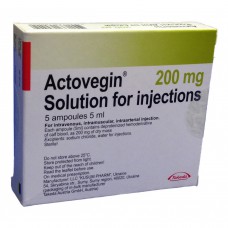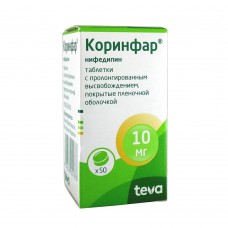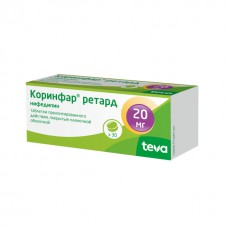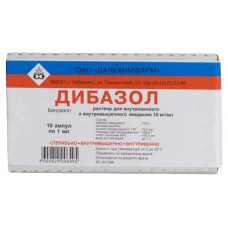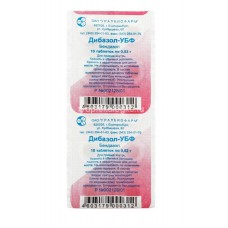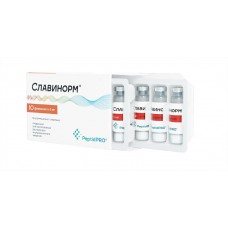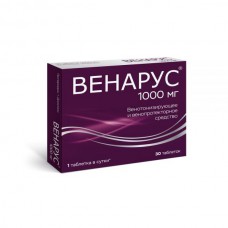Cardiovascular
Normalizing effect on the disturbed heart rate can have substances belonging to different classes of chemical compounds and belonging to different pharmacological groups. Thus, in arrhythmias associated with emotional stress, in patients without serious heart disease, antiarrhythmic effect can have soothing (sedative, tranquilizing) drugs. Antiarrhythmic activity in one degree or another have many neurotrophic means (holinoblokatory and cholinomimetics, adrenoblockers and adrenomimetics, local anesthetics, some anticonvulsants with antiepileptic activity), drugs containing potassium salts, antagonists of calcium ions, etc.However, there are a number of drugs, the main pharmacological property of which is a normalizing effect on the heart rhythm in various types of arrhythmias. These substances, along with beta-blockers and antagonists of calcium ions (see. Beta-blockers AND / 215/), some local anesthetics and others, due to their pronounced antiarrhythmic activity, are combined into a group of antiarrhythmic drugs.
There are many classifications of antiarrhythmic drugs. The most common is the classification of vogen-Williams, which divides antiarrhythmics into 4 classes: class I — membrane stabilizing agents (quinidine — like); class II-beta — blockers; class III-drugs that slow repolarization (beta — blocker sotalol, amiodarone); class IV-blockers of "slow" calcium channels (antagonists of calcium ions).
In class membrane stabilizing funds distinguish 3 subgroups: subgroup IA — quinidine, procainamide, moracizin, disopyramide; subgroup IB — local anesthetics (lidocaine, trimekain, bumkin), meksiletin and phenytoin; subgroup IC — ajmaline, etatsizin, lappaconitine hydrobromide.
The mechanism of action of all antiarrhythmic drugs plays a leading role in their effect on cell membranes, ion transport (sodium, potassium, calcium), and related changes in the depolarization of the membrane potential of cardiomyocytes and other electrophysiological processes in the myocardium. Different groups of antiarrhythmics and individual drugs differ in their effect on these processes. Thus, preparations of the subgroup IA and IC mainly suppress the transport of sodium ions through the "fast" sodium channels of the cell membrane. Preparations of subgroup IB increase the permeability of membranes to potassium ions. Quinidine simultaneously with the inhibition of sodium ion transport reduces the flow of calcium ions into cardiomyocytes. Hinidinopodobny substance reduces the maximum speed depolarization, increases the threshold of excitability, inhibit conductivity on the bundle of his and Purkinje fibers, slow recovery reactivity membranes of cardiomyocytes.
A special mechanism of action has the main representative of the drugs of class III-amiodarone. By blocking potassium channels of cardiomyocyte membranes, it increases the duration of the action potential, prolongs the pulse across all parts of the cardiac conduction system, reduces the sinus rhythm, causes prolongation of the QT interval and does not significantly affect the myocardial contractility. Conventionally ranked to the III group of bretilia tosilate has mainly sympatholytic effect, thus limiting the effect of catecholamines on the myocardium; however, it increases the duration of the action potential, like amiodarone.
The mechanism of antiarrhythmic action of beta-blockers is associated with the elimination of arrhythmogenic sympathetic effects on the cardiac conduction system, inhibition of heterogeneous automatism and the rate of excitation propagation through the AV node, increasing the refractor period. To a certain extent, the antiarrhythmic properties of beta-blockers are due to the effect on the membrane potassium channels and stabilization of potassium ions in the myocardium.
Some beta-blockers (propranolol, oxprenolol, pindolol, talinolol) also have membrane-stabilizing and quinine-like activity.
Antiarrhythmic effect has a number of drugs that regulate metabolic processes (adenosine) and ion balance (magnesium preparations, etc.) in the myocardium. Magnesium preparations are prescribed for the prevention of arrhythmias, including overdose of cardiac glycosides, as well as paroxysms of ventricular tachycardia such as "pirouette".

